We all believe in one idea or the other.
Some children think that Santa Claus and the Easter Bunny are real, while others believe that unicorns exist.
However, for content writers, the most commonly deceitful idea is that your audience reads everything you post.
Out of the millions of blog posts published every day, only a tiny percentage gain traction and attract readers. Besides, with the attention span decreasing by 88% every year, things are only going to get tougher.
Thus, you’ll need something much more than the promise of “a great article” to keep your readers hooked.
And that is a strong, captivating introduction.
Creating a killer introduction will help convince your readers that you have something worthwhile to say and keep them interested enough to read the rest of the content.
But there’s a catch: not all content writers know how to write a good introduction. Fortunately, this article will help you with everything you need to know about writing catchy introductions that will drive visibility and more traffic.
Let’s get down to brass tacks, shall we?
Does the Length of an Introduction Matter?
Here’s the thing: there’s no specific length for an introduction. However, according to experts, the introduction should be approximately 10% of the total word count. For instance, if you’re writing a 1500 word post, your introduction should be about 150 words.
It’s important to avoid writing overly long introductions. This is because the average reader spends only about 55 seconds reading an article. This means that you have less than one minute to pass your point across.
Let us tell you how to do it right.
8 Tips to Write a Good Introduction
Here are some of the effective ways to come up with different types of intros guaranteed to hook your readers:
1. Start With an Interesting Unrelated Fact
One of the best ways to kick off your content is by starting with an interesting fact that will hook your readers.
It’s even better to pick facts that have nothing to do with your topic. This is because unrelated facts will stop them in their tracks and have them wondering how you intend to link the fact with the topic at hand.
Similarly, you can use a related point that your audience probably doesn’t know yet, as most readers are constantly searching for new information. For instance, let’s take a look at Nike’s post.
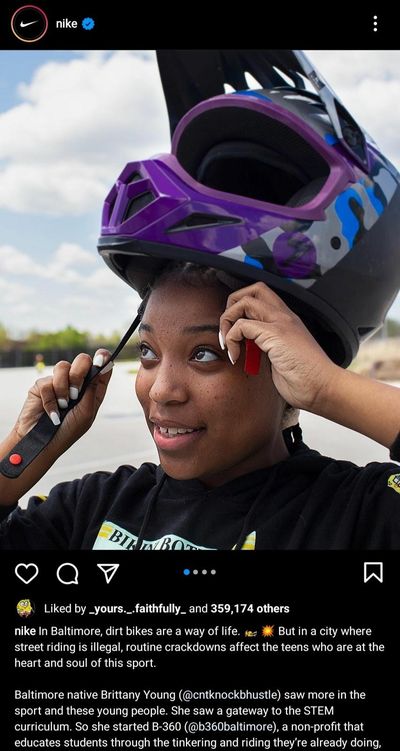
In this post, we particularly love how Nike starts by dishing out a fact about the popular lifestyle in Baltimore before venturing into the main content revolving around Brittany Young.
However, it should be noted that not all facts are interesting. Some of them are often overused or too common to have any effect on your readers.
2. Move on With an Anecdote
When in doubt, use an anecdote. It is a short, captivating story that helps to grab the reader’s attention and paves the way for the rest of your content.
But how do you craft the perfect anecdote that won’t have a cringe effect on your readers? Well, it’s simple. You can go for any of these techniques:
A personal story
Tell a story of some event that has happened to you instead of sharing a generic motivational story that your audience has probably heard a thousand times already.
By sharing a personal anecdote, you’ll establish yourself as an expert on the subject matter and create a more personal connection with your audience.
A quote
Using a quote as your opening line is an effective method of hooking your readers, as they’ll be naturally interested in knowing how the quote relates to the content.
They’ll also be eager to find out if the content is as interesting as the opening line. To harness the full potential of the quotation technique, you’ll need an interesting quote that hasn’t been flung around so much that it’s now as limp as a noodle.
Here’s an example from a blog post on Copyblogger:
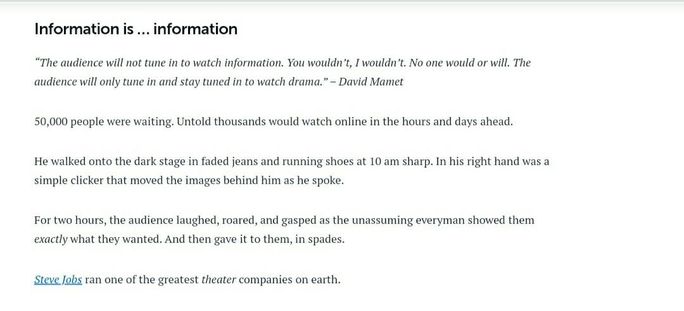
Here, the post begins with a quote from David Mamet that hooks the reader before delving into a story about Steve Job’s theater company.
3. Make Use of Cliffhangers
You might want to consider using a cliffhanger in your opening paragraph. Cliffhangers serve a major purpose: to pique the reader’s interest and increase the suspense. So, with a cliffhanger introduction, you can keep your readers anticipating the next sentence.
Huggies truly nailed this hack in their post below. Viewers were left asking questions like: “who’s coming?” “Why are they coming?”

By the end of the opening line, your readers should be on the edge of their seats, waiting for the next paragraph. The rest of the post can then delve into the details of the subject at hand.
4. Start off With a Question
Starting your post with a question is a great way to get your reader to relate to the problem you’re trying to solve. However, it’s important to note that not all questions belong in your introductory paragraph.
Avoid using insulting questions like: “What are you going to do about that ugly mass of zits on your face?”
Sure, you want your reader to relate to the situation, but you don’t have to be insulting to pass your message across. Instead, borrow the idea from HelpGuide’s article on sleep disorders and problems.

The article begins with a question: “Do you have trouble sleeping, wake up feeling exhausted, or feel sleepy during the day?
In just one sentence, the author has created a situation that the reader can relate to and provided an opening for the rest of the content.
5. Use Gentle Confrontation Wisely
A gentle confrontation is a controversial approach that expert content writers often use. It involves taking a mild swipe at the reader’s beliefs, actions, or situation.
In most cases, this type of intro has two effects: it either intrigues the reader or riles them up enough to read till the end just to prove you wrong.
For instance, you can start your post with a sentence like Logrise did in this post:
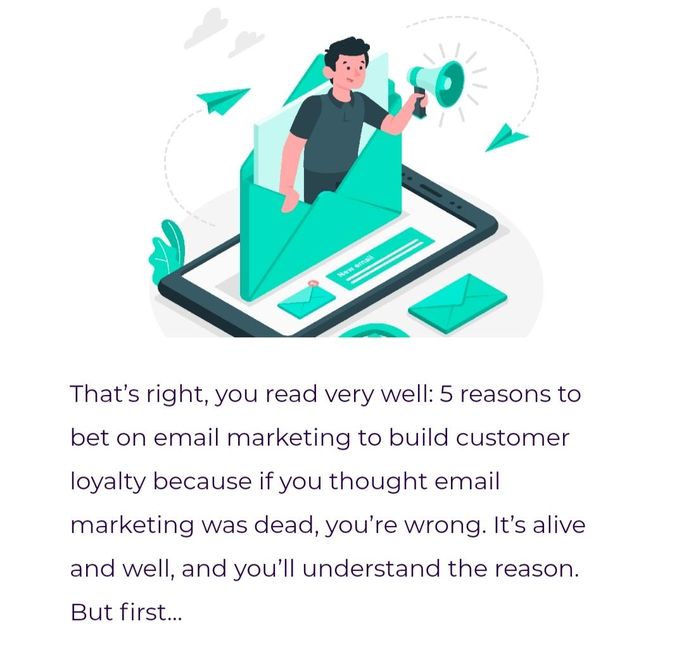
The key to effectively using gentle confrontation is to ensure that you never cross the line between gentle chiding and an actual attack on your readers.
6. Keep Sentences Short
Your introduction is your first chance to impress your readers and lure them in. Unfortunately, most writers get so caught up in this phase that they end up drafting long, garbled sentences.
The result? Readers would have to strain to understand the main gist, and no one wants to do that – especially at the beginning.
Instead, use short sentences (about 15 words per sentence) that are readable and digestible to keep your readers interested.
7. Personalize by Using “You” Pronouns
The “you” approach is a simple yet powerful content marketing approach. It establishes a strong connection with the reader and lets them know that you’re addressing them directly.
When readers see the word “you”, they realize that they’re no longer reading a random blog post that they stumbled upon. Rather, they’re reading a personal article addressed especially to them.
Most modern brands have realized the power of the “you” approach and are now harnessing its potential. For instance, take a look at one of Volusion’s Instagram captions:
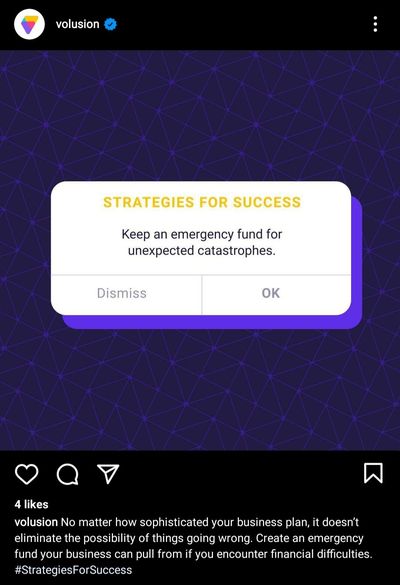
8. Don’t Oversell it
Sure, your article has all the makings of a masterpiece. It will address your readers’ problems and provide a solution to all their challenges. However, try not to oversell your article in the introduction. Don’t let your intro write a check that the rest of the article can’t cash.
If you make any promise in the opening paragraph, ensure that the rest of the article fulfills it. For instance, if your introduction promises that the article will provide tips for creating great SEO content, ensure that it contains just that.
In this blog post from European business review, the introduction promises to show readers how to get more Instagram followers:

Subsequently, as readers scroll down, they get to see the information that the introduction promised:
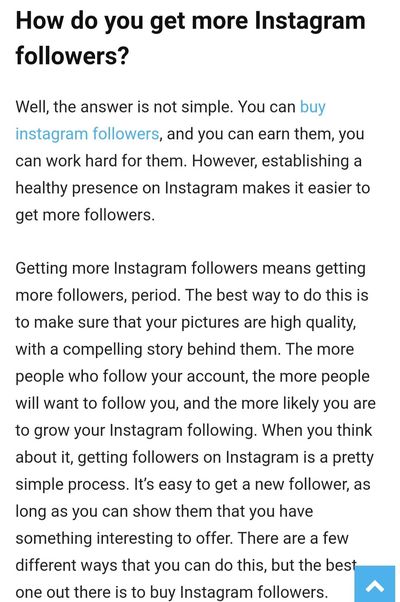
Conclusion
Creating a killer introduction is the first step to online visibility. Fortunately, you’ve learned how to write a good introduction, and it’s now time to get down to work. Remember: your introduction should be concise, catchy, and coherent to have the desired effect on your readers.



